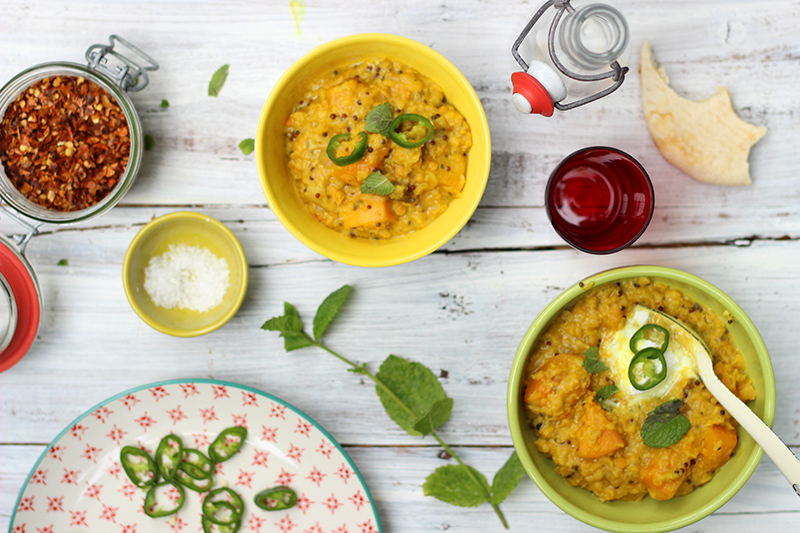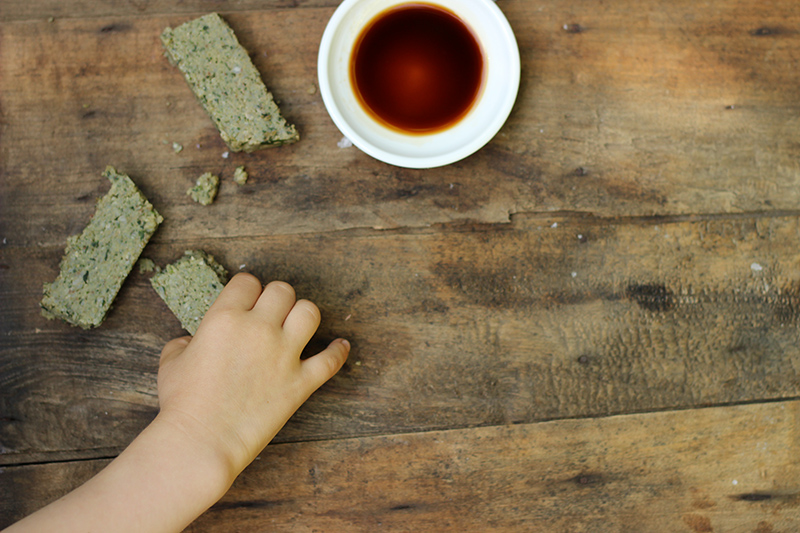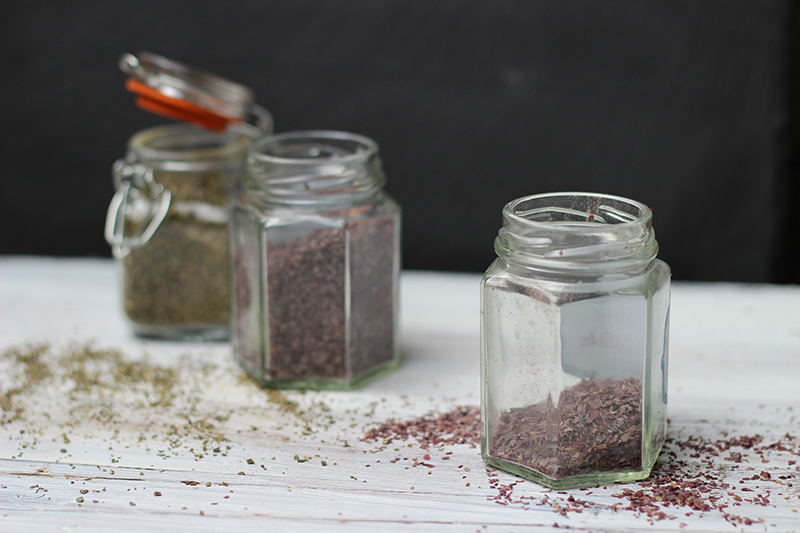Butternut is a type of squash, as well as a euphemism for Michelin starred chefs. And Darina Allen. However, the butternut is not a nut at all. But by golly does it taste sweet and buttery.


This vegetable is carbalicious and full of stonking nutrients such as beta-carotene and potassium. One cup of butternut is likely to give you more than twice the amount of potassium than your average supplement. We love potassium to help keep our blood pressure dandy – too much sodium pushes blood pressure up, while potassium helps coax levels back down. Nifty, huh? This mineral is also touted as a sporting ally. Leg and foot cramps are often a symptom of potassium deficiency.
Beta-carotene is just one of many carotenoids housed inside the amber flesh of the butternut squash. The carotenoid family receives a lot of attention among scientific researchers because of their protective role against many degenerative disorders such as age-related macular degeneration, heart disease and autoimmune diseases. Weighing in at 750μg vitamin-A per cup, the butternut squash is a carotenoid giant.
There’s clearly no point in horsing into healthy food unless it tastes good. Life is too short to tax your taste buds, don’t you think? I recommend peeling the butternut, composting the seeds, and chopping its flesh into tiny pieces. Roast on high for 15-20 minutes in a little coconut oil. Nothing else is needed – except a little reverence. One of my favourite Dublin cafés, Bibis in Portobello, serves it this way for breakfast with harissa, softly poached eggs and chilli yoghurt. There’s always a queue at the door before the café even opens. See you next Sunday?
Sweet Butternut & Cardamom Curry
Just. So. Good.
If the list of spices makes your kitchen cupboards wince, replace them with 1 tablespoon of curry powder. And a highfive.
2-3 tablespoons extra virgin coconut oil
1 red onion, skinned and chopped
2 cups (310g) diced butternut
½ teaspoon ground fenugreek
½ teaspoon ground turmeric
1/4 teaspoon ground cardamom
2 teaspoons black mustard seeds (obligatory!)
1 fat clove garlic, sliced
1 can coconut milk
1 cup (250ml) vegetable stock
1 big chilli, de-seeded and finely sliced
½ cup of apricots
1 cup (180g) red lentils, washed thoroughly
Natural yoghurt or Coyo to serve
Using your largest pan, melt the coconut oil with the onion and butternut. Sweat on a gentle heat for 8-10 minutes. Add the spices and garlic – your nostrils and neighbours will enjoy this. You’ll need to stir frequently to prevent the garlic from charring.
When the spices start sticking, whack up the heat and add the remaining ingredients. You’ll need to halve the apricots with a sharp knife. Once bubbling, cover with a lid and reduce the temperature to a gentle gurgle. Cook for 20 minutes, or until the butternut is sufficiently fragrant and soft. If the curry looks a little dry, add a few tablespoons of water to loosen it up. If it looks too wet, remove the lid during the final few minutes of cooking.
Season with a few twists of the salt and pepper mill. How hard was that?!
We usually resurrect some peas or spinach from our freezer at this stage, and pop them into the party. A little bit of green is nice, but not integral to the dish.
Serve in big cereal bowls. This pot of beta carotene will serve 4 polite mouths, or 3 ravenous gremlins. You can easily double the quantities if you plan on serving more.














